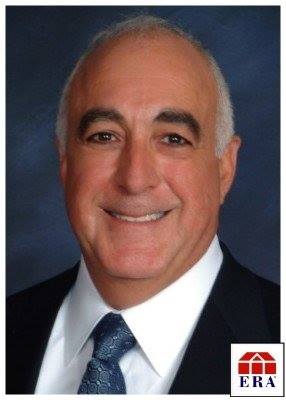Email: [email protected]

When homeowners need to improve air circulation in their lawns, they usually come to a decision between two different tools: dethatcher vs aerator. Both tools are essential to maintaining healthy grass lawn aeration, but in different ways.
To help you understand the difference between dethatchers and aerators, here is a basic guide to help:
Dethatchers are tools used to pull up the accumulation of “thatch,” or dead organic matter underneath the grass. Dethatching allows water, air and nutrients to reach the soil to help the living grass.
There are multiple dethatching tools you can use, including rakes, power rakes and verticutters.
An aerator is any tool used to dig holes into the soil to improve lawn aeration. By piercing a few inches deep into the ground, aerators reduce soil compaction, so water, nutrients and air can get to the lawn’s roots.
Many devices can be used to aerate a lawn. There are engine powered aerators, push aerators and aerators you can tow behind you. For smaller spaces, you can also use special aerator shoes similar to soccer cleats.
While both dethatching and aerating are keys to maintaining a healthy lawn, different scenarios require different tools. For example, aerating is best for when you have extremely compacted soil. One common sign of soil compaction is poor drainage - if water accumulates on the soil surface instead of absorbing quickly, the lawn might benefit from aerating.
Dethatching, however, is useful when you have at least an inch of dead grass and debris hindering your lawn’s health. If your lawn seems dull or pale, you might have a thatch layer suffocating the grass’ roots.
Timing is also important in deciding whether you need to aerate or dethatch. The best time to use an aerator is in the early spring or fall during mild temperatures. Prime dethatching time is late winter, after plenty of dead grass and organic matter has had time to accumulate.
Lawn aeration and dethatching are both important aspects of lawn care. While you can accomplish both tasks on your own, there are professionals to help, especially where particularly compacted soil is concerned. Consider a lawn aeration service or dethatching service to assist with large properties and especially thick thatch layers.

Dating back to the 1970s when his father put him in charge of the family real estate business, Jeffrey Germagian has built a longstanding portfolio of real estate transactions and developments. Along the way, he has grown the family’s original company, then known as Baystate Realty, to the elite status it represents today as ERA Key Realty Services.
Although we’ve expanded our real estate offerings and our branding has evolved to represent all of the real estate services that we provide, ERA Key Realty, The Baystate Group still holds true to the honest business practices and principles that Jeffrey’s father set out with decades ago.
Jeffrey manages the Baystate Group which specializes in traditional home resales, land development, and 55 communities.
He lives in Hopedale, MA, and serves the local towns in the area including most suburbs of Boston as well as southwest of Boston. He is a Certified Residential Specialist and is fully licensed as a real estate agent to practice throughout the entire state of Massachusetts.